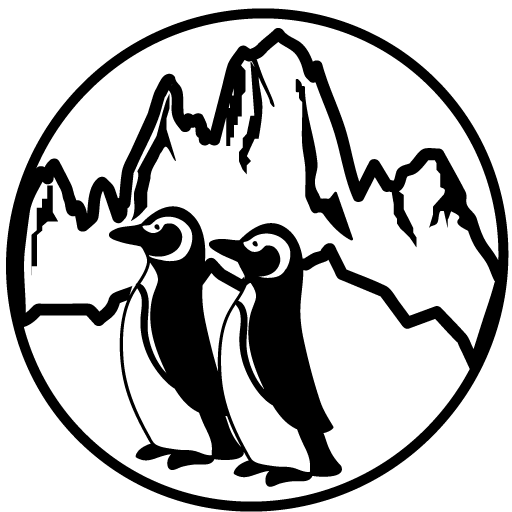Patagonia
Patagonia is the region situated in the southern extreme of the American Continent. It embraces Argentina and Chile.
The Argentinean Patagonia covers an area of 300,000 sq. mi. (777,000 sq. km.) stretching from the Colorado River (40 S) to Tierra del Fuego (plus some islands of the South Atlantic and Argentinean Antartica), and from the Andes to the Atlantic Ocean. This region is sparsely populated having approximately 1.5 people per sq. km.
The Chilean Patagonia extends from Golfo Corcovado at 44 S to Cape Horn in the south. It includes the regions of Aisén (XI region) to the North, and of Magallanes and Antártica Chilena (XII region) to the South.
In the southern area of Chile, between the Pacific Ocean and the Andes, there is a vast archipelago formed by numerous islands and islets of various sizes, fjords and channels that extend towards different directions.
The Patagonian Andes is a beautiful region with volcanoes, numerous crystal green lakes and dense forests. The Southern area is marked by thousands of majestic glaciers, one of which is still progressing.
On the eastern side of the country, in the Patagonian tablelands, the terrain consists of horizontal plateaus, divided by long rivers which descend from the Andes Mountains to the Atlantic Ocean. These plateaus are rich with marine fossils, dinosaur remains, as well as petrified forests and prehistoric art.
Temperate climatic conditions prevail, though temperatures can be extremely low in the higher Andes and further south.
In the western section of Patagonia, winds are strong to moderate, and precipitation is abundant. A climate which results in the growth of conifers, such as firs, cypresses, pines and cedars. The windswept plateaus, however, are semiarid, with steppes covered by herbs, shrubs and grasses. These natural grasslands are optimum for raising livestock, particularly of sheep, which comprises the traditional form of livelihood for many of Patagonia’s residents.

